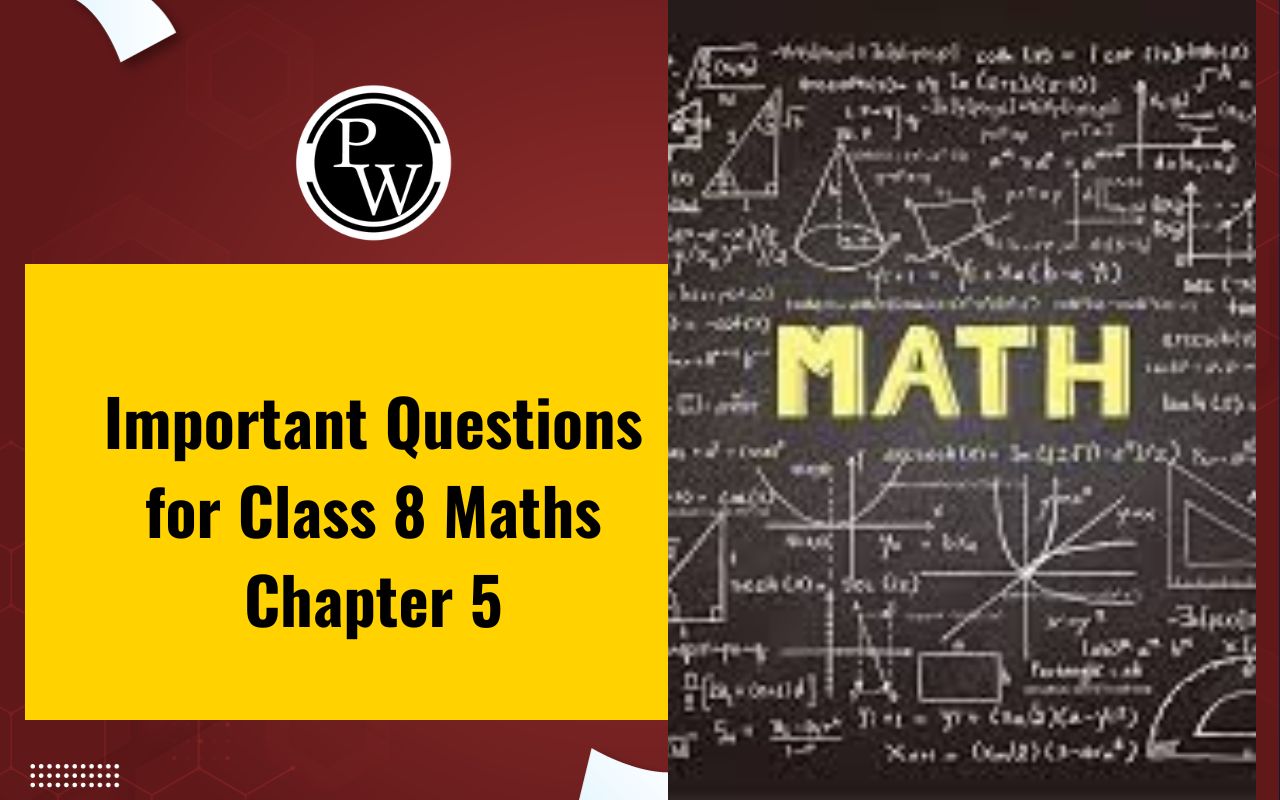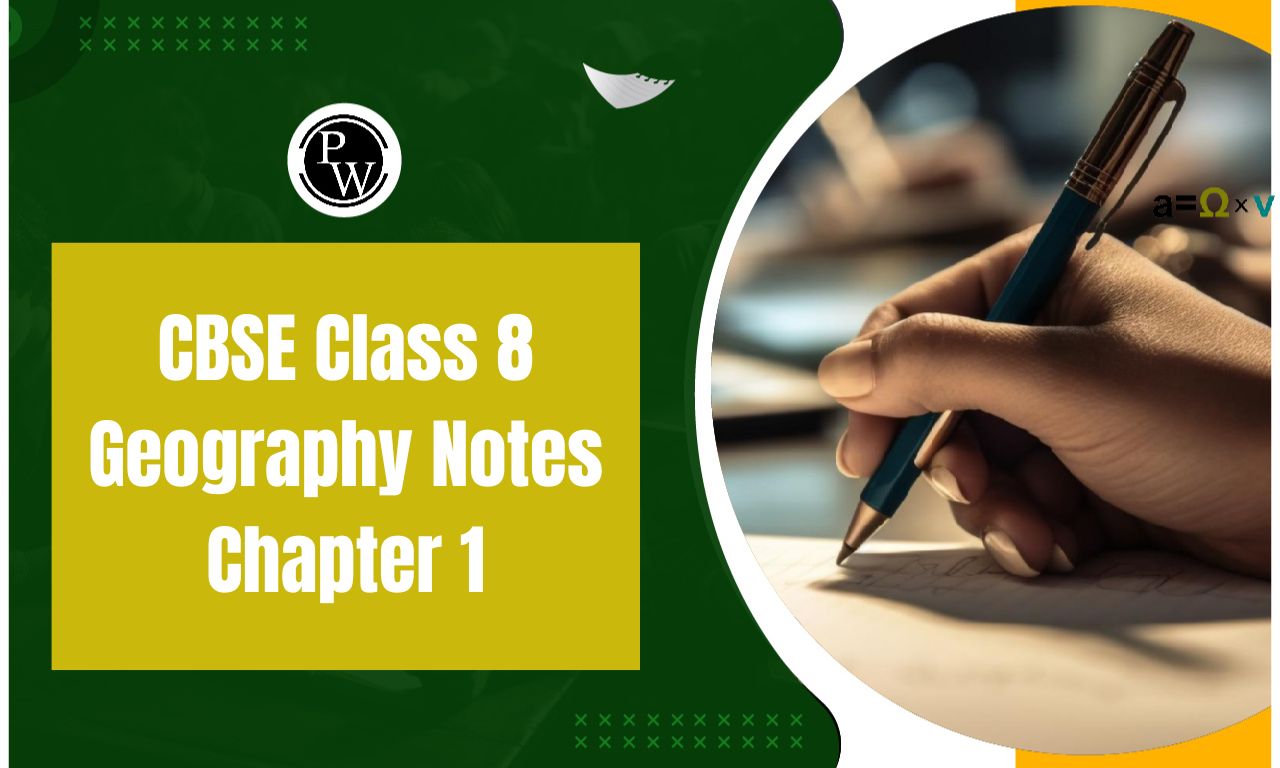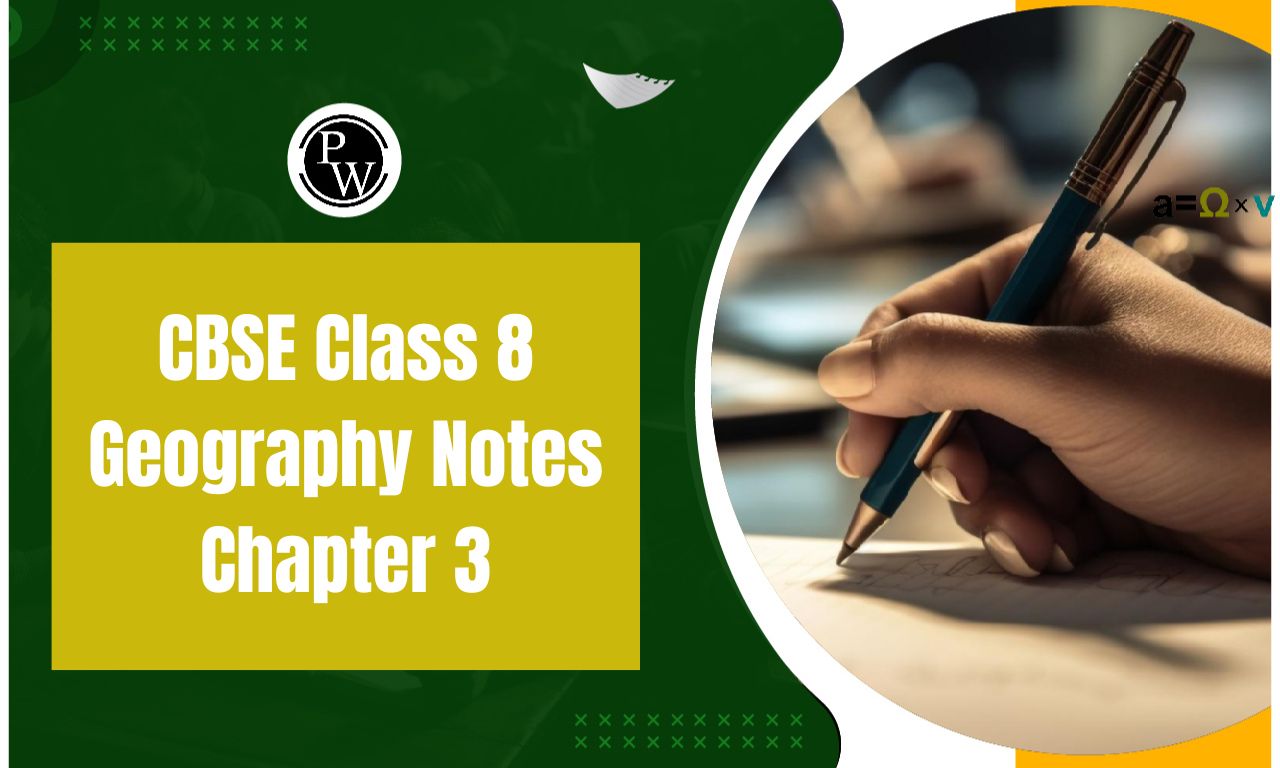

Important Questions for Class 8 Maths Chapter 5: The important questions for Class 8 Maths Chapter 5 Squares and Square Roots are helpful for Class 8 students. This chapter covers essential topics like finding the square of a number, calculating square roots, and understanding perfect squares.
By solving these questions students can strengthen their understanding of the relationships between numbers and their squares and square roots. These questions also help improve their problem-solving skills, which are crucial for their exams. Practicing these questions makes learning more engaging and effective for students.Important Questions for Class 8 Maths Chapter 5 Overview
Chapter 5 of Class 8 Maths titled Squares and Square Roots focuses on the concepts of perfect squares, square roots, and their properties. In this chapter, students learn about the relationship between a number and its square, and how to calculate the square of a number and find its square root. The chapter begins with the concept of perfect squares, which are numbers that can be expressed as the square of an integer. Students are then introduced to square roots, which are the reverse process of squaring a number. The square root of a number is a value that, when multiplied by itself, gives the original number. The chapter also covers how to estimate square roots of non-perfect squares, using methods such as approximations, the method of successive approximation, and finding square roots by prime factorization. These methods are useful for estimating square roots in real-world applications. Important questions from this chapter include problems on finding the square of a number, determining square roots, solving equations involving squares and square roots, and understanding the properties of perfect squares. These questions help students develop a deeper understanding of the chapter’s concepts and enhance their mathematical reasoning skills.Important Questions for Class 8 Maths Chapter 5 PDF
The important questions for Class 8 Maths Chapter 5 Squares and Square Roots are available in the PDF link below. These questions help students prepare effectively for exams by covering key topics from the chapter. Practicing these questions will help students understand the chapter better and improve their performance. You can access the PDF from the link given below.Important Questions for Class 8 Maths Chapter 5 PDF
Here are some important questions from Class 8 Maths 5 Squares and Square Roots along with their solutions:Q1. Determine whether squares of the 21 is even or odd
Ans. Odd Number (Square of any odd number is odd number)Q2. Determine whether squares of the 38 is even or odd
Ans. Even Number (Square of any even number is even number)Q3. A square Number is of 4 digit then the number of digit in its square root will be odd True/False
Ans. False (Number of digit = 4/2 = 2)Q4. The square of a prime number is prime. True/False
Ans. False (Square of any number is divisible by that number)Q5. The sum of two square numbers is a square number. True/False
Ans. False (Not always)Q6. The difference of two square numbers is a square number.
Ans: False (Not Always)Q7. The product of two square numbers is a square number.
Ans. TrueQ8. Write a Pythagorean triplet whose one member is:
(i) 6
(ii) 14
(iii) 16
(iv) 18
Solution: We know, for any natural number m, 2m, m 2 –1, m 2 +1 is a Pythagorean triplet. (i) 2m = 6 ⇒ m = 6/2 = 3 m 2 –1= 3 2 – 1 = 9–1 = 8 m 2 +1= 3 2 +1 = 9+1 = 10 Therefore, (6, 8, 10) is a Pythagorean triplet. (ii) 2m = 14 ⇒ m = 14/2 = 7 m 2 –1= 7 2 –1 = 49–1 = 48 m 2 +1 = 7 2 +1 = 49+1 = 50 Therefore, (14, 48, 50) is not a Pythagorean triplet. (iii) 2m = 16 ⇒ m = 16/2 = 8 m 2 –1 = 8 2 –1 = 64–1 = 63 m 2 + 1 = 8 2 +1 = 64+1 = 65 Therefore, (16, 63, 65) is a Pythagorean triplet. (iv) 2m = 18 ⇒ m = 18/2 = 9 m 2 –1 = 9 2 –1 = 81–1 = 80 m 2 +1 = 9 2 +1 = 81+1 = 82 Therefore, (18, 80, 82) is a Pythagorean triplet.Q9. (n+1) 2 -n 2 = ?
Solution: (n+1) 2 -n 2 = (n 2 + 2n + 1) – n 2 = 2n + 1Q10. Show that 121 is the sum of 11 odd natural numbers.
Solution: As 121 = 11 2 We know that the sum of first n odd natural numbers is n 2 . Therefore, 121 = sum of first 11 odd natural numbers = 1 + 3 + 5+ 7 + 9 + 11 +13 + 15 + 17 + 19 + 21Q.11. Find the smallest number by which 1100 must be multiplied so that the product becomes a perfect square. Also, find the square root of the perfect square.
Solution: 1100=5*5*2*2*11 Since, 11 does not forms a pair therefore 11 should be multiplied to 1100 to make it a perfect square. 1100*11=12100 Now, 12100=5*5*2*2*11*11 √12100=5*2*11 √ 12100=110Q.12. Find the smallest number by which 9408 must be divided so that in becomes a perfect square. Also, find the square root of the perfect square so obtained.
Solution: To find the smallest number by which 9408 must be divided so that the quotient is a perfect square, we have to find the prime factors of 9408. 9408 = 2*2*2*2*2*2*3*7*7 Prime factors of 9408 are 2, 2, 2, 2, 2, 2. 3, 7, 7 Out of the prime factors of 9408, only 3 is without pair. So, 3 is the number by which 9408 must be divided to make the quotient a perfect square. 9408/3 = 3136 Square root of 3136 56 _____________ 5 | 3136 5 | 25 ___ |______ 106 | 636 6 | 636 |_______ | 000 So, √3136 = 56Q.13. Find the greatest number of seven digits which is a perfect square. What is the square root of this number?
Solution: The greatest seven digit no. is 9999999 < 1,00,00,000 and if we take smallest 8 digit no. it is 1,00,00,000 we take the square root of = 3162.28 which is not a whole number and (3162 )² < (3162.28)² so 9998244 < (3162.28)² so, 9998244 is the greatest 7 digit perfect squareBenefits of Solving Important Questions for Class 8 Maths Chapter 5
- Strengthens Number Sense : Understanding squares and square roots helps students develop a deeper number sense, allowing them to work with numbers more effectively. This foundation is crucial for handling more complex mathematical concepts in higher grades.
- Improves Problem-Solving Skills : The chapter enhances problem-solving abilities by teaching students how to find squares and square roots, estimate square roots of non-perfect squares, and solve related real-world problems. These skills are valuable in both academic and everyday contexts.
- Builds Mathematical Confidence : Mastery of squares and square roots boosts students confidence in their mathematical abilities. Solving problems involving these concepts requires logical thinking and precision, which helps build their problem-solving confidence.
- Prepares for Higher Mathematics : The concepts of squares and square roots are foundational for higher-level mathematics, including algebra and geometry. Understanding these basics ensures that students are well-prepared for advanced topics in later grades.
- Enhances Computational Skills : Regular practice with squares and square roots improves computational skills. Students become more comfortable with basic calculations and learn to manipulate numbers effectively, which is crucial for more complex calculations.
- Develops Mathematical Reasoning : The chapter develops mathematical reasoning by challenging students to think critically about relationships between numbers. For example, understanding how square roots relate to perfect squares helps in developing a deeper understanding of number properties.
Important Questions for Class 8 Maths Chapter 5 FAQs
What is a perfect square?
How do you find the square of a number?
What is the square root of a number?
How do you find the square root of a perfect square?












